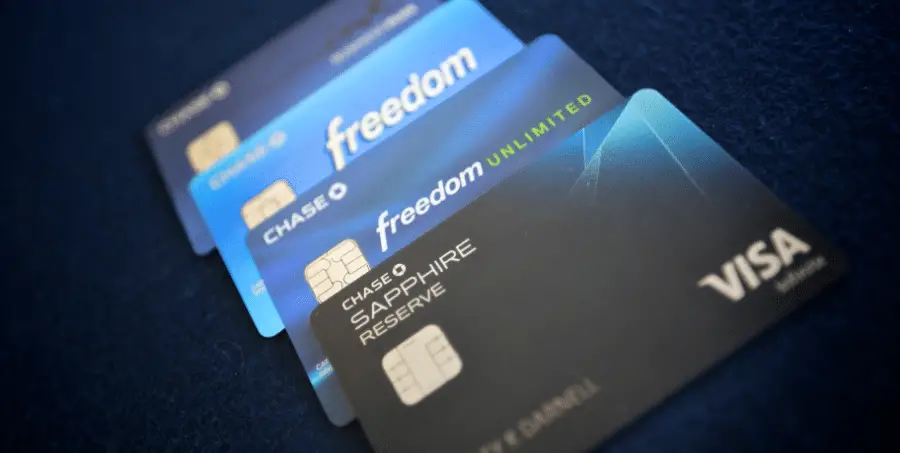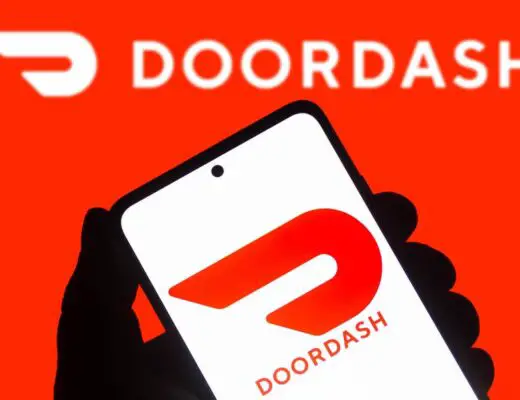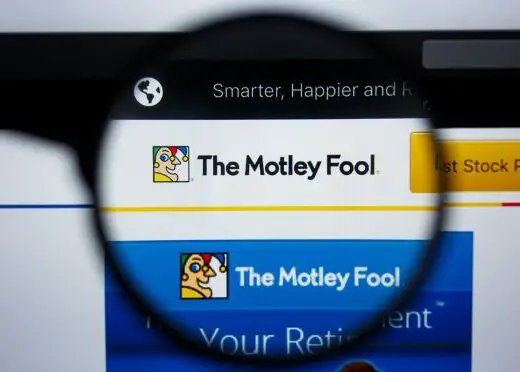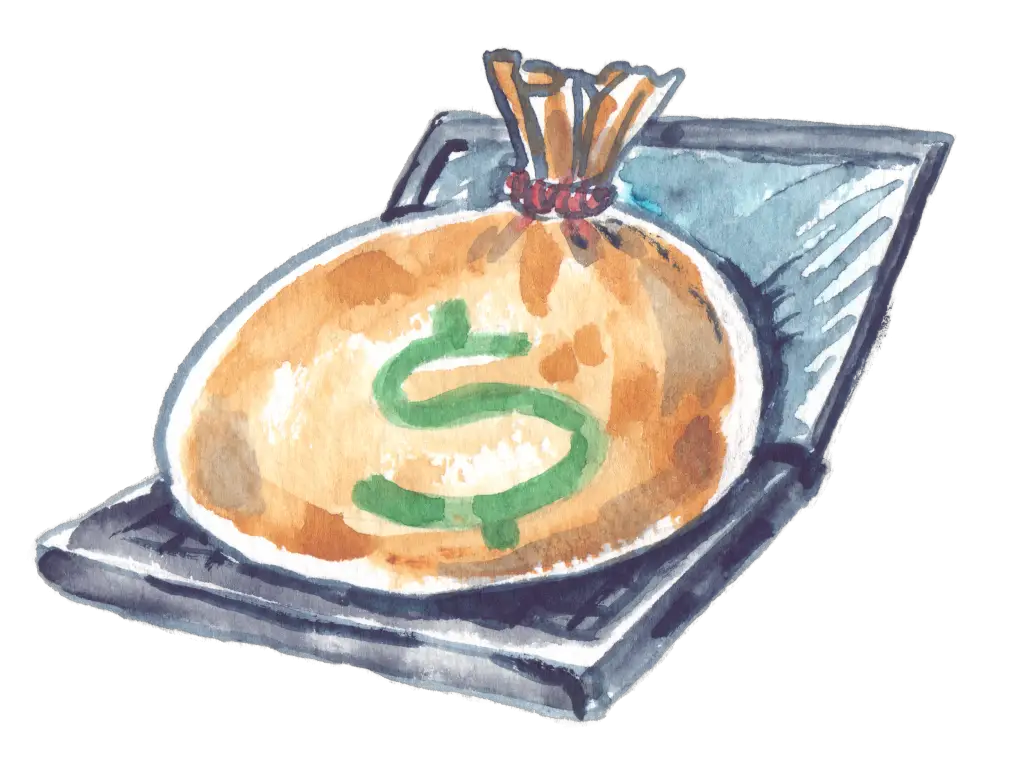
CommonCentsMom.com is advertiser-supported: we may earn compensation from the products and offers mentioned in this article. However, any expressed opinions are our own and aren't influenced by compensation. The contents of the CommonCentsMom.com website, such as text, graphics, images, and other material contained on this site (“Content”) are for informational purposes only. The Content is not intended to be a substitute for professional financial or legal advice. Always seek the advice of your Financial Advisor, CPA and Lawyer with any questions you may have regarding your situation. Never disregard professional advice or delay in seeking it because of something you have read on this website!
Each bank has different requirements and restrictions when it comes to being approved for their cards. While having excellent credit can get you approved for most cards, people with solid scores have been getting turned down by Chase due to their “5/24” rule.
Chase is a favorite amongst travel hackers and credit card points collectors due to their generous signup bonuses. As a result, it was a prime choice for many in that community to sign up for as many Chase cards as they can. They would spend the minimum amount required with the card that would unlock their signup bonus, and then cancel. The 5/24 rule was most likely set in place to prevent this kind of usage with their products.
Everything You Need to Know About the Chase Business Card
Chase is a financial institution with many products and services. One of its products is the Chase Business Card. This card is used to make purchases and to get discounts on goods and services. A Chase business card is a plastic card that is issued to business owners and employees of companies. It allows the cardholder to use various services that are offered by Chase, such as banking and credit cards. A Chase account is also required in order to receive a business card.
Just like American Express, Amex, Citi Bank, Visa, and many other credit card issuers, Chase offers a variety of different business cards. The Chase Sapphire Preferred Card is one of the most popular cards offered by Chase. It has a high annual fee, but it offers many benefits, such as a sign-up bonus point, free travel, and more.
Chase offers targeted offers to its business cardholders. These offers are available through the Chase Business Card website and through the card itself. Offers can include discounts on products and services, as well as money-saving opportunities. In addition, selected for you offers may be available through the Chase Ink Business Preferred card.
If you are a business owner or employee and you want to get a Chase business card, there are a few things that you need to do. First, you will need to visit the Chase website and sign up for a business account. Next, you will need to visit the Chase Business Card page and fill out the application form. Finally, you will need to provide your identification information and your credit score. Once all of this information is verified, you will be issued a business card.
An authorized user account is also required in order to receive the benefits of a Chase business card. An authorized user is someone who is not always the cardholder, but who is allowed to use the card. This person can be a family member, a friend, or an employee. If you are an authorized user, you will need to provide your name and credit card number to the cardholder in order to receive the benefits of the card.
In addition, the Chase Freedom Flexible Spending Account is a great way to save money on your groceries and other expenses. This account allows you to set up a monthly budget and then use the funds that you have saved to cover your expenses. The Chase Freedom Flex is also a great way to get cash back on your purchases.
Personal credit report:
Your personal credit report is a report that contains information about your credit history. This report includes your credit score, which is a number that indicates how likely you are to pay back your debts. Your credit score is important because it can help you get approved for a loan or a credit card.
If you want to get a business card from Chase, you will need to provide your personal credit report. This report will be used to verify your identity and to determine whether you are eligible for a business card. If you are not eligible for a business card, your personal credit report will be used to help you improve your credit score.
If you want to improve your credit score, you can do this by paying your debts on time and by using a credit monitoring service. A credit monitoring service will help you to track your credit score and to see whether you are making progress in improving your credit score.
How to Create a New Credit Card from Chase
If you are a business owner or employee and you would like to apply for a Chase business card, the first step is to create a new account with Chase. You can do this by visiting Chase’s website and clicking on the “Create Account” button. Once you have created your account, you will need to provide your personal information, such as your name, address, and phone number. You will also need to provide your business information, such as the name of your company, the type of business, and the address of your business. Finally, you will need to provide your credit score and other financial information.
Once you have completed the account creation process, you can begin the application process for a Chase business card. To begin the application process, you will need to visit Chase’s website and click on the “Apply for a Credit Card” button. This button is located on the main page of Chase’s website. Next, you will need to select the type of card that you would like to apply for. You can choose from among the following cards:
- Chase Freedom Unlimited
- Chase Ink Business Unlimited
- Chase Sapphire Preferred
- Chase Freedom Student
- Chase Sapphire Reserve
- The United Explorer
- The Marriott Bonvoy Boundless
If you are already a Chase customer and you are pre-qualified for a Chase business card, you can skip the application process and go straight to the card approval process. However, if you are not currently a Chase customer, you will need to complete the application process before you can be pre-qualified for a card. The branch pre-approval offers a higher approval rate, but it is not guaranteed.
After you have selected the card that you would like to apply for, you will need to complete the application form. The application form can be found on Chase’s website under the “Apply for a Credit Card” button. The application form requires you to provide your personal information, your business information, and your credit score. You will also need to provide your Social Security number and your date of birth.
Once you have completed the application form, you will need to submit it to Chase. You can do this by mailing the form or dropping it off at a Chase branch. If you are pre-approved for a card, Chase will send you a card in the mail. However, if you are not pre-approved for a card, Chase will not send you a card in the mail and you will need to visit a branch in order to pick up a card.
How to Use a Chase Business Card
Once you have received your Chase business card, you will need to activate it. Activation is required in order to use the card in order to make purchases and to get discounts on goods and services. Activation can be done online or at a branch. After you have activated your card, you will need to create a Chase account in order to use the card. This account will allow you to access your account information, make purchases, and get discounts on goods and services.
Chase also offers a variety of other services that are related to the use of its business cards. These services include:
- 24/7 customer support
- Lost or stolen card reporting
- Card replacement
As mentioned, Chase also offers a variety of discounts on goods and services that are available through its partner businesses. These discounts can be found on the Chase website under the “Business” tab. The discounts that are available vary depending on the partner business, but they usually offer significant savings on items such as hotel rooms, car rentals, and more.
The Chase Ultimate Rewards
Chase offers a variety of different business cards, but the Chase Ultimate Rewards is one of the most popular cards offered by Chase. The Chase Ultimate Rewards card is a travel credit card that offers a sign-up bonus point for every dollar that you spend. Additionally, the Chase Ultimate Rewards card offers a number of other benefits, such as free travel and more.
And not only travel. You can also use the Chase Ultimate Rewards card to purchase goods and services. For example, you can use the Chase Ultimate Rewards card to purchase gift cards and tickets to concerts and sporting events. You can also use the Chase Ultimate Rewards card to purchase items at participating stores. It is one of the best credit cards for shopping such as Amazon.
Ultimate rewards points can be redeemed for a variety of different rewards. These rewards can include travel, merchandise, and more. The data points that are used to calculate the rewards are based on the spending habits of the cardholder and the rewards that are offered by Chase.
Application Requirements for the Chase Ultimate Rewards Card
In order to apply for a Chase Ultimate Rewards card, you will need to meet a few application requirements. First, you will need to be a U.S. citizen or a permanent resident. Second, you will need to be at least 18 years old. Third, you will need a valid Social Security number. Fourth, you will need a valid driver’s license or state identification card. Fifth, you will need to have an active bank account with Chase. Finally, you will need to have a good credit score. Other requirements that may be required for the Chase Ultimate Rewards card, be sure to check with Chase.
What is the 5/24 rule?
Essentially, the 5/24 rule states that people who have opened 5 or more credit cards in the past 24 months cannot be issued for a new Chase card. The 5 credit cards can be from any issuer, not just from Chase.
What’s interesting about the 5/24 rule is that there are no official documents outlining the restriction. It’s more of an internal rule that they set, but never told their customers. It was only discovered through crowdsourcing information from Chase credit card applicants and noticing this specific commonality among people who were rejected. The term “Chase 5/24 Rule” was set by those customers, and not officially from Chase.
While the policy still seems to be active today, some people view it as false. Some people are able to get around it even if they’ve opened more than 5 accounts in the past 2 years.
The credit report used to determine whether someone is approved for a Chase card is not the same as the credit report used to determine whether someone is approved for a loan. The 5/24 rule does not take into account how much debt a person has, only how many credit cards they have opened in the past 24 months. Credit report is one factor in Chase’s decision to approve or decline a card application. However, it is not the only factor. Other factors that can affect a card approval include a person’s credit history, income, and assets.
The Chase ultimate rewards cards like the Chase Sapphire Preferred and the Chase Sapphire Reserve are not affected by the 5/24 rule. These cards have annual fees, but they also offer lucrative signup bonuses that can easily offset the annual fee.
If you want to create a new account with Chase, you will need to have had no more than five credit cards open at any time in the past 24 months. This means that if you have had six credit cards open in the past 24 months, you can create a new account, but you will not be able to use your current Chase card until it has been closed and your new account has been established.
Annual fees and late payments on credit cards can also affect a person’s eligibility for a Chase card. The consequences of having the 5/24 rule can vary depending on the card that someone is trying to apply for. For example, some cards have a hard limit of how many cards someone can have open at any given time. Other cards may have stricter rules about how much spending is required before the signup bonus is unlocked. The most common consequence of having the 5/24 rule is that someone will not be able to use their current Chase card until it has been closed and their new card has been established. This can be a problem if they need to use their card for emergency purposes or if they need to use it to purchase something important.
What can I do if I am affected by the 5/24 rule?
There is not a lot that you can do if you are affected by the 5/24 rule. The best thing to do is to speak with a credit counselor or financial advisor to see if there are any other options that may be available to you. There may be ways to get around the 5/24 rule or reduce the amount of credit card debt that you have. Additionally, there are many credit card signup bonuses available that may be worth considering even if you are not approved for a Chase card due to the 5/24 rule.
How to get around the Chase’s 5/24 Rule
There used to be a few different ways to bypass Chase’s 5/24 rule. However, it seems they were sniffed out by Chase and are no longer viable methods. Plus, it’s not a good idea to try and outwit Chase or any other bank or issuer. They have the power to close your accounts due, which can lead to the removal of your accumulated points.
The only successfully recorded way to bypass the rule was through Chase’s “Just For You” offers. If you’re already a Chase member and are presented an exclusive credit card offer to sign up to one of their programs, this could allow you to be accepted even if you’re already at 5/24. However, this is just leaving things to chance, and it isn’t always guaranteed that you’ll be able to bypass the rule.
If there’s a specific card that you really want to be approved for, one thing you can do is to ask them to do a product change – swapping out one of your current Chase credit cards with a new one. However, you’ll need to already be a Chase card holder in order for this to work. Otherwise, you’ll have to wait until you’re at 4/24 to be accepted.
Your credit score is one factor in Chase’s decision to approve or decline a card application. The credit score of the person applying for the card is not the same as the credit score of the person who will be approved or declined for the card. Credit score is the score that lenders use to make a decision about whether to approve or decline a loan application.
If you’re approved for a card, your credit score will be updated to reflect that. However, if you’re declined for a card, your credit score will not be updated. A fair credit score is usually a factor in most banks’ decision to approve or decline a card application. This is how bad credit loans can still be approved, even if your credit score is below the bank’s minimum requirement. Bad credit loan is a loan that is given to someone with a low credit score, as opposed to a person with bad credit who has missed payments in the past.
How to calculate your 5/24 score
If you’re unsure whether you’re already at 5/24 or not, the fastest way to check is to use Credit Karma. It will show you all your accounts, plus the open dates. You can check to see if you have had 5 account openings in the past 24 months.
Note: The 5/24 rule applies to account openings. So even if you’ve closed all 5 accounts since then, it will still count towards your 5/24 score.
What kinds of account opens count toward your 5/24 score?
What counts: All personal credit cards, and charge cards count toward your 5/24 score. Business credit card accounts don’t count, UNLESS they are from Capital One, Discover, or TD Bank. If you’re added as an authorized user from someone else’s credit card account, that will also count.
What doesn’t count: The 5/24 score is only for credit cards. Therefore, any loans or mortgage account opens do not count. Also, any cards you applied to but weren’t approved for won’t count towards your score.
The signup bonus for a Chase card is the amount of money that is given to you as a bonus when you sign up for the card and spend the minimum amount required. The minimum amount required varies by card. If you have a pre-approved application and meet the minimum amount required, the bonus will be given to you automatically. If you don’t meet the minimum amount required, but spend more than the required amount, usually the bonus will still be given to you.
Conclusion
There isn’t much you can do to get approved for a Chase credit card if you’re over their 5/24 rule. This doesn’t affect the majority of people who only carry one or two credit cards. But if you’re someone who carries a lot of credit cards, it would be a good idea to get your preferred Chase cards first before moving onto cards from other issuers. Other banks do not have this 5/24 rule.
The hard pull on a Chase application will probably hurt your score, but it’s not the end of the world. Just make sure you keep all of your credit card applications in one place and review your credit report once a year to make sure there are no errors.







